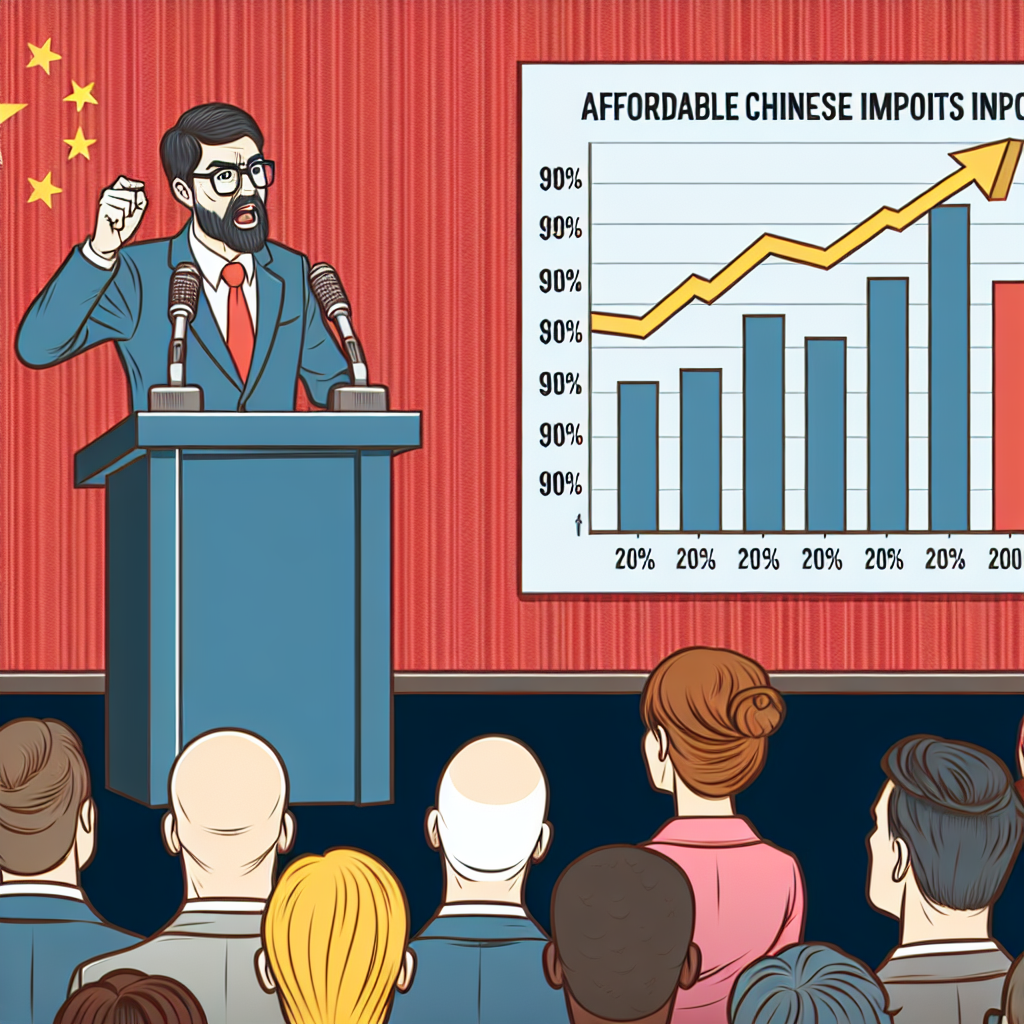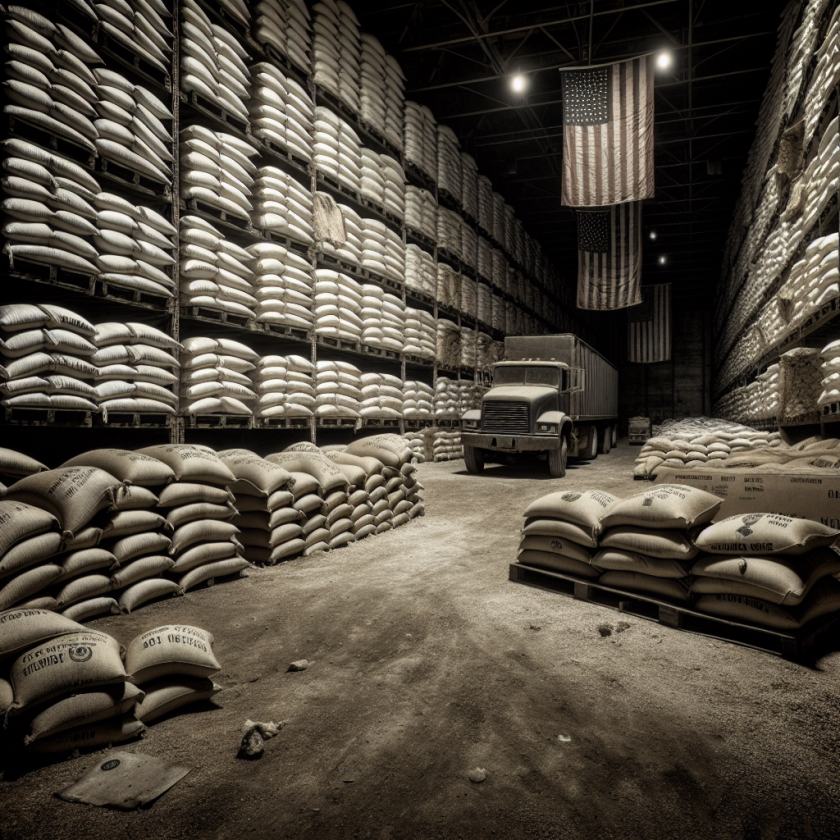Trump Increases Tariffs on Affordable Chinese Imports to 90%
Trump Increases Tariffs on Affordable Chinese Imports to 90%
Overview of the Tariff Hike
In a significant move, former President Donald Trump announced a dramatic increase in tariffs on affordable Chinese imports, raising them to 90%. This decision marks a substantial escalation in the ongoing trade tensions between the United States and China.
Key Reasons Behind the Tariff Increase
- Protecting Domestic Industries: The tariff hike aims to shield American manufacturers from cheaper Chinese goods, encouraging consumers to buy domestically produced products.
- Trade Imbalance: Addressing the trade deficit with China has been a longstanding goal, and this measure is seen as a step towards reducing the gap.
- Intellectual Property Concerns: The tariffs are also a response to ongoing issues regarding intellectual property theft and unfair trade practices by China.
Potential Impacts on the Economy
The increase in tariffs is expected to have wide-ranging effects on both the U.S. and global economies:
- Consumer Prices: American consumers may face higher prices for goods that were previously imported at lower costs.
- Supply Chain Disruptions: Businesses reliant on Chinese imports might experience disruptions, leading to potential delays and increased costs.
- Global Trade Relations: The move could further strain U.S.-China relations and impact global trade dynamics.
Reactions and Criticisms
The tariff increase has sparked a range of reactions:
- Support from Domestic Producers: Some U.S. manufacturers have welcomed the move, hoping it will level the playing field.
- Criticism from Economists: Many economists warn that such high tariffs could lead to a trade war, negatively affecting the global economy.
- Concerns from Retailers: Retailers fear that increased costs will be passed on to consumers, potentially reducing demand.
Conclusion
The decision to increase tariffs on Chinese imports to 90% is a bold step in the ongoing trade conflict between the U.S. and China. While it aims to protect domestic industries and address trade imbalances, it also poses significant risks to consumer prices and global trade relations. The long-term effects of this policy will depend on how both nations navigate the ensuing economic landscape.






































